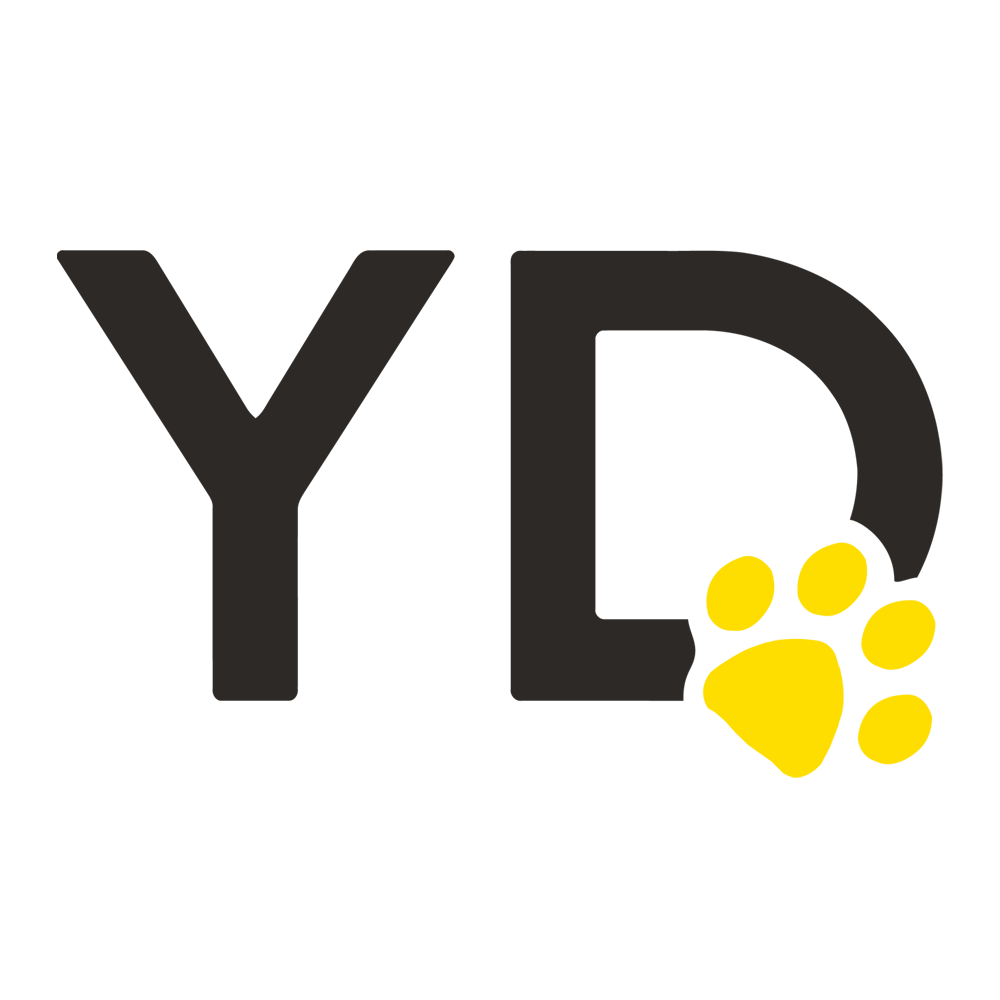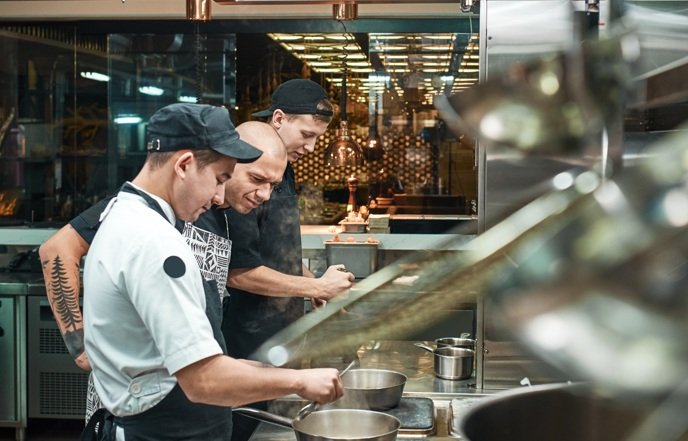Common Restaurant Inventory Terms You Should Know
Understanding the terms that are used throughout the industry is the first step to understanding how to manage your inventory. You want to understand more than just your basic terms to stay in control, maximize profit, and keep theft and waste as minimal as possible.
Inventory management is vital to ensuring that costs are kept under control and your business remains profitable. Here are some common terms that you will need to know before stepping into an inventory management system.
COGS - cost of goods sold. COGS represents the cost of all the ingredients used to produce the items that you sell. Understand your COGS will then allow you to understand your overall Food Costs
(Beginning Inventory + Purchased Inventory) - Ending Inventory = Cost of Goods Sold
Food Cost % - Your Food Cost % is determined by taking your COGS and dividing it by the revenue from your POS. Typically this is grouped into categories like Food, Beer, Wine, and Liquor to make it easy to understand each segment of your restaurant. For example, if you used $5000 in food products during our physical inventory period and you captured $25,000 in food sales for that period, then your food cost would be 20% and calculated using the formula below.
COGS / Sales = Food Cost %
Plate Costs - Your Plate Cost is the calculation of what it costs to prepare an item on your menu. This is the sum of the cost of all the ingredients to create a menu item. When dealing with menu items that have modifiers or side selections, it is best practice to use an inventory management system, like Yellow Dog Inventory, that will calculate the plate cost based on the actual modifiers and sides that are selected during each transaction. Monitoring your Average Plate Cost, will allow you to ensure that you are not losing revenue due to mispriced menu items.
Recipes - Every food establishment that prepares menu items in a kitchen should be following a standard recipe. Doing so will allow you to ensure a consistent product for your guests and help control the shrinkage that will occur when your staff is guessing what and how much to use when making an order. A typical recipe will consist of all the ingredients with the units of measure to be used, and instructions on how to make the item. With an advanced Inventory Management System like Yellow Dog Inventory, you can even include pictures, videos, allergens, and any custom field you might need so that your team prepares each dish the same way everytime.
Recipe Types - Most restaurant operations will typically have several different types of recipes. These will typically have different behaviors when connecting them to POS items or when taking physical inventories of an item. The most common recipes and their behaviors are below:
Menu Item/Modifier Recipes - These recipes will be the bulk of any recipe management system and may contain any of the recipe types stated below. They can be used to cost out your menu items and track changes in costs based on incoming invoices. They can also be connected directly to the Menu Items and Modifiers so that you have a perpetual inventory system that will allow for Actual vs Theoretical physical inventory reporting.
Batch Recipes / Prep Recipes - These recipes are used for any items that will be prepared ahead of time, rather than at the time of ordering. They will typically be built for larger quantities and can be used and inventoried by weight, volume, or portion size. Yellow Dog Inventory will allow you to count these recipes during your physical inventory so that you can accurately account for all ingredients still in the building no matter what state they are in.
Nested Recipes - Recipes that will be used as an ingredient in another recipe. Depending on the complexity of your operation, you may have recipes that use another recipe as an ingredient. These can often be created to save time when building multiple recipes. Let's say all your burgers and sandwiches come with Lettuce, Tomato, and Onion. Rather than add those ingredients into each recipe, you can create a single recipe for the toppings and use that in the menu item recipe. Any cost changes will flow up to the overall recipe cost as well.
Production Recipes - For operations that have a commissary or sell products as retail items that they make, production recipes are the way to go. With a production recipe, you can have your ingredients deducted when the finished product is made. This is helpful to be able to see the exact on hand of your ingredients along with the current on hand of any finished product you are making.
Par levels - The Par Level is the amount that you should have on hand to meet the demand of your customers at any given time. This value can be used when determining how much to order from your current on hand while ensuring that you do not over order which can lead to waste if the products aren’t used in a timely manner.
Reorder points - A point at which your inventory needs to be replenished. This value should be the minimum amount of product you have on hand at any given time. Once you get to this point with your on hands, it's time to place an order. This will help you understand when to order so that you are not over ordering items that you do not need yet.
Waste/Spoilage - Refers to any inventory item that is discarded for a known reason. Some of the more common reasons are out of date products, damaged or unusable products, or for internal use such as trainings or meetings.
Variance/Shrinkage - Variance or Shrinkage is the unknown loss of a product. The loss can come from theft, over portioning, and not following a recipe correctly. This is typically determined through taking periodic physical inventories and can be shown as a quantity or by a dollar value. By tracking and analyzing this, restaurant owners and managers can identify areas where they need to make adjustments to reduce the unknown loss and increase their overall profits.
Let’s say you used $500 worth of salmon in a week. When you check how much you actually sold, you see you sold $425.00 worth. Your variance will be -$75.00. Variances like these can add up to thousands of dollars per year.
Actual vs. Theoretical (AvT) Reporting - These food cost reports tell you the difference between what your costs should be and what they actually are. The sales reported from your POS will reduce the inventory items based on the recipes that are connected. This will give you the “Theoretical Usage”. As you take your inventory, you will determine the “Actual Usage”. Comparing these results together will help identify exactly which ingredient items you have a potential problem with. Formulating a plan to get both these numbers in line will ensure you are maximizing your overall profitability.
Let’s say your theoretical costs should be 30%, but they’re really coming in at 38%. Your threshold is not acceptable to you and needs attention - actual numbers matter.
With Yellow Dog, you’re investing in the success of your restaurant. Effective inventory management keeps your overall food costs in line while maximizing your profitability.
Yellow Dog software offers a comprehensive solution for managing your inventory needs. It allows you to keep track of all your ingredients, update costs based on actual purchases, and store your restaurant's recipes. With our platform, you can analyze the actual costs related to your operations at the end of the day, which can help you improve the overall performance of your business.
To learn more about all the features that Yellow Dog offers for food and beverage operators, please click here.








